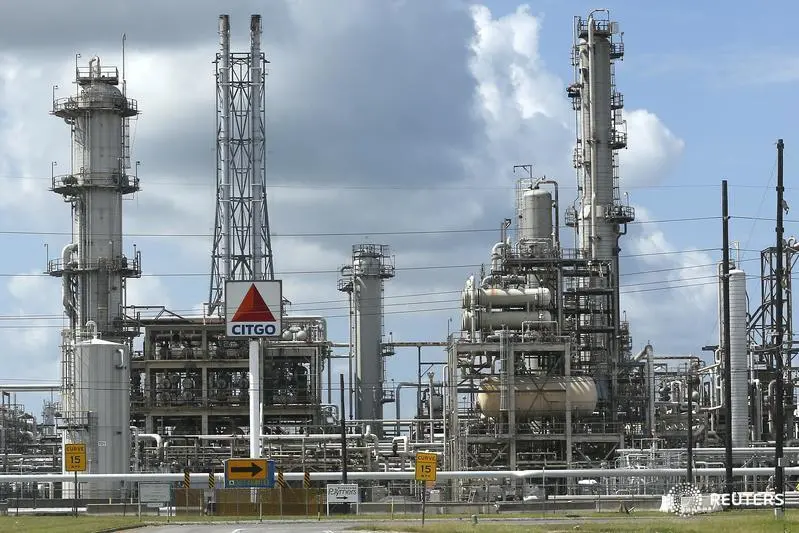PHOTO
SINGAPORE - A weakening global economic growth outlook and a report of rising U.S. crude inventories weighed on oil prices on Wednesday, even as U.S. sanctions threatened to curb Iranian crude supplies.
Benchmark Brent crude oil was down 60 cents a barrel at $71.86 by 1325 GMT. U.S. light crude fell $1.02 a barrel to a low of $66.02, before recovering slightly to around $66.30, down 74 cents.
"Oil bears are taking their turn in the driving seat," said Stephen Brennock, analyst at London broker PVM Oil Associates.
"Adding to the weakening price backdrop are signs that a deepening trade spat between the United States and China is undermining oil demand."
U.S. crude stocks rose by 3.7 million barrels in the week to Aug. 10, to 410.8 million barrels, private industry group the American Petroleum Institute (API) said on Tuesday. Crude stocks at the Cushing, Oklahoma, delivery hub rose by 1.6 million barrels, the API said.
Official U.S. oil inventory data was due to be published later on Wednesday by the Energy Information Administration.
Investors are concerned by the health of the world economy at a time of escalating trade disputes between the United States and its major trading partners.
The OECD's composite leading indicator, which covers the western advanced economies plus China, India, Russia, Brazil, Indonesia and South Africa, peaked in January but has since fallen and slipped below trend in May and June.
World trade volume growth also peaked in January at almost 5.7 percent year-on-year, but nearly halved to less than 3 percent by May, according to the Netherlands Bureau for Economic Policy Analysis.
The United States and China have been locked in a tit-for-tat trade spat for a few months, gradually adding tariffs to each others' products in a dispute that threatens to curb economic activity in both countries.
Chinese oil importers now appear to be shying away from buying U.S. crude oil as they fear Beijing may decide to add the commodity to its tariff list.
Not a single tanker has loaded crude oil from the United States bound for China since the start of August, Thomson Reuters Eikon ship tracking data showed, compared with about 300,000 barrels per day (bpd) in June and July.
Meanwhile, investors are watching the impact of U.S. sanctions on Tehran, which analysts say could remove as much as 1 million bpd of Iranian crude from the market by next year.
BMI Research said oil markets would "struggle for direction, as uncertainty around both the impact on supply from the Iranian sanctions and escalating trade tensions between the U.S. and China persists".
(Reporting by Christopher Johnson in LONDON and Henning Gloystein in SINGAPORE Editing by Alexandra Hudson/Emelia Sithole-Matarise/Alexander Smith) ((christopher.johnson@thomsonreuters.com; +44 7790 561 651; Reuters Messaging: christopher.johnson.reuters.com@reuters.net))












